The Best Substitutes to Drywall for Interior Wall Finishing

Due to its simplicity and low cost, drywall is the most popular interior finish surface inside most dwellings. However, there are choices! For the greatest natural, healthy alternatives to drywall for interior wall finishing, check below.
Barn boards as an alternative to drywall
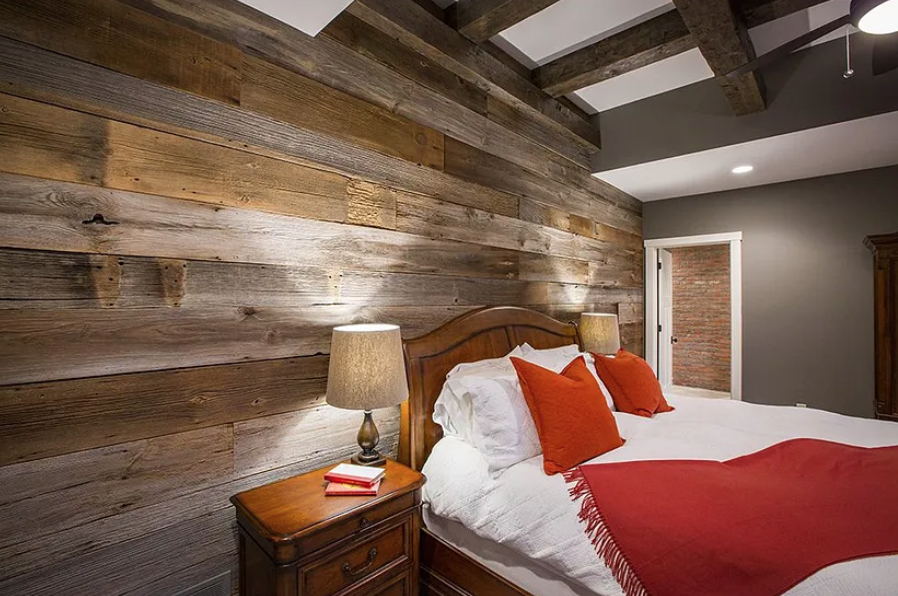
What is it made of?
- A variety of old-growth wood, including hemlock, pine, cedar, oak, maple, and other wood varieties.
Benefits vs drywall
- Offers insulation
- Eco-friendly
- Coceals flaws such as cracks and dents
Potential downsides
- Potential woodrot since it is not waterproof
- Can be expensive
- Can look dated
Browse beautiful and sustainable materials on 2050 Materials.
Tongue & groove as an alternative to drywall
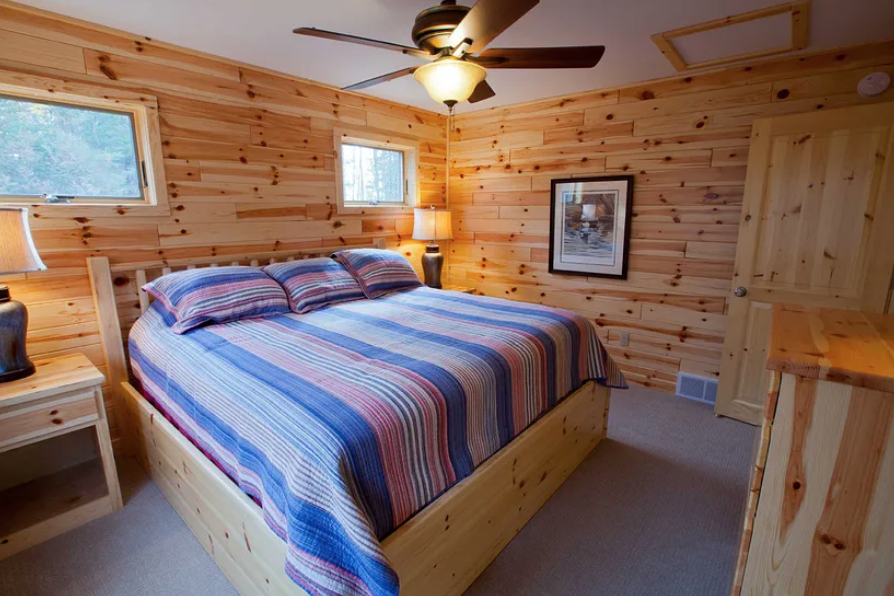
What is it made of?
- Hardwood
- Engineered wood
Benefits vs drywall
- Moisture resistant
- Saves time, material and money
Potential downsides
- Difficult to repair
Browse beautiful and sustainable tongue & groove materials on 2050 Materials.
Masonry & bricks as an alternative to drywall
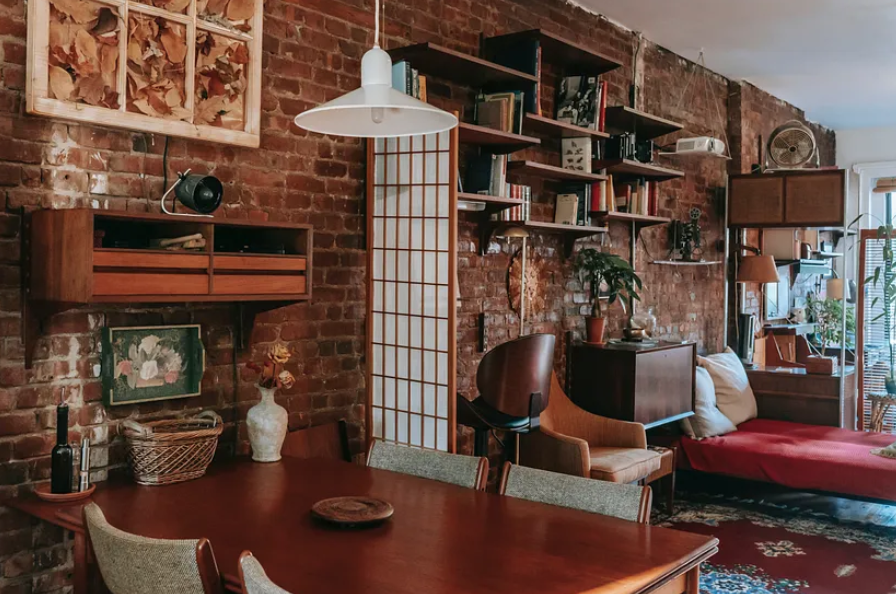
What is it made of?
- Cement mortar
- Hardened clay
Benefits vs drywall
- Stabilizes temperature
- Offers insulation
- Fire resistant
- Environmentally friendly
Potential downsides
- Bricks have a low resistance against tension and torsion loads, making them more susceptible to seismic damage
- Compared with stone and concrete blocks, bricks are also less strong and durable, and limited in sizes and colors
- Plasterwork is required as finishing, which raises construction costs.
Browse beautiful and sustainable masonry materials on 2050 Materials.
Rammed earth panels as an alternative to drywall
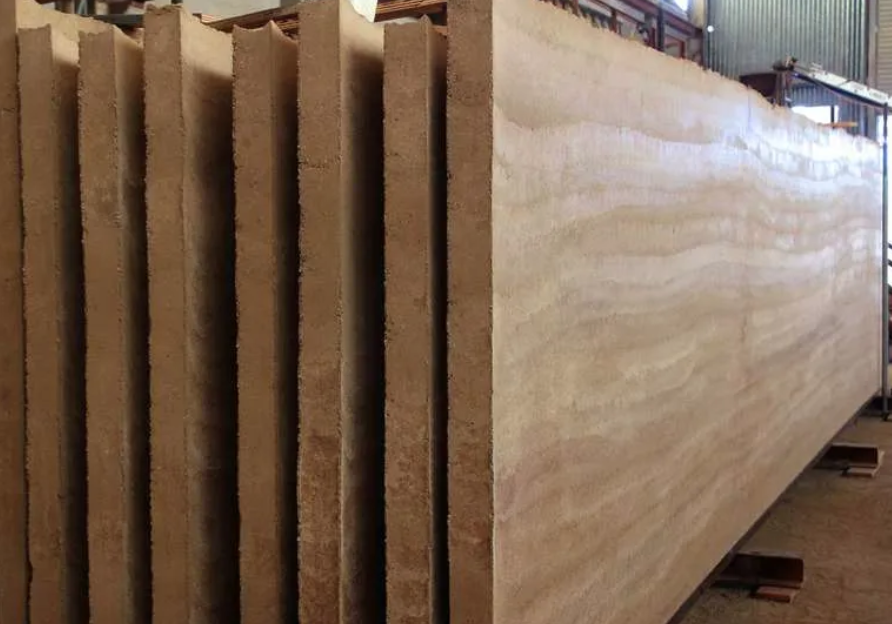
What is it made of?
- Gravel
- Sand
- Silt
- Small amount of clay
Benefits vs drywall
- Environmentally friendly
- Adds a lot of thermal mass
Potential downsides
- Are on the expensive side
- Are terrible insulators in colder climates
Browse beautiful and sustainable earth materials on 2050 Materials.
Plywood panels as an alternative to drywall
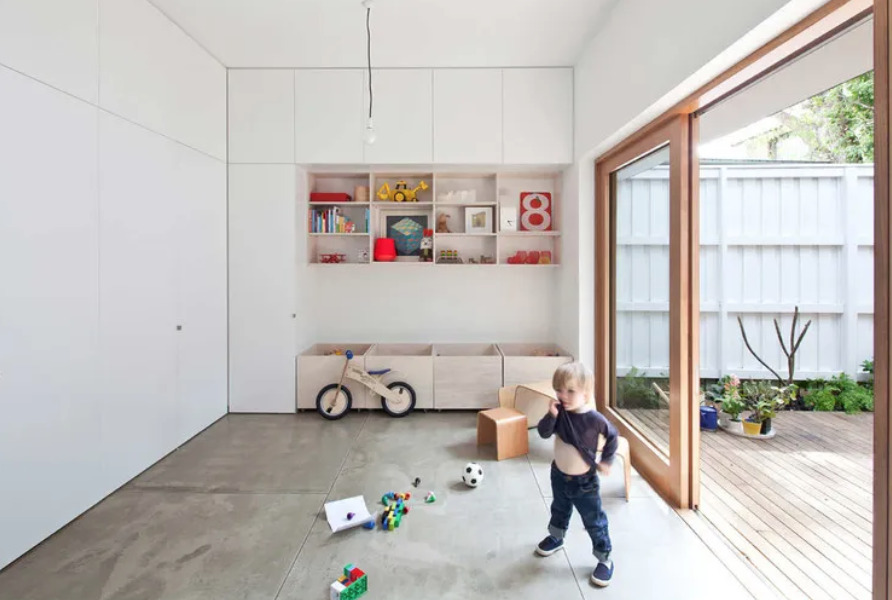
What is it made of?
- Thin sheets of veneer peeled from debarked wood
Benefits vs drywall
- Easy to install
- t is resistive to shrinking, warping, twisting and cracking.
Potential downsides
- It is quite difficult to cut
- Prone to termite effect and may get damaged once affected
Browse available plywood materials on 2050 Materials.
Hemp wall as an alternative to drywall
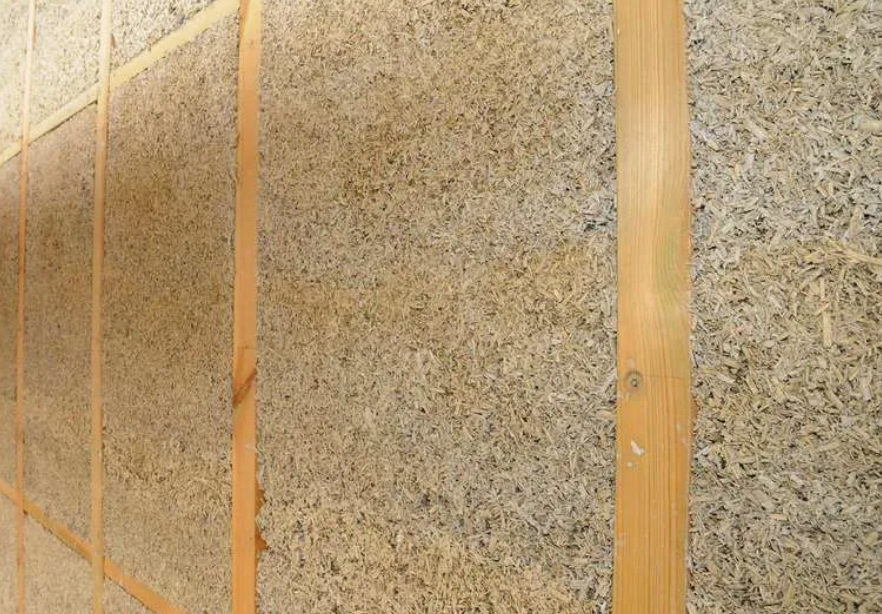
What is it made of?
- Hemp hurd
- Lime binder
- Water
Benefits vs drywall
- Non toxic, environmentally friendly
- Offers insulation
- Excellent for preserving healthy indoor air quality
Potential downsides
- Has low elastic modulus which makes it unsuitable for direct loads
- Low availability
Browse available hemp materials on 2050 Materials.
Cork panels as an alternative to drywall
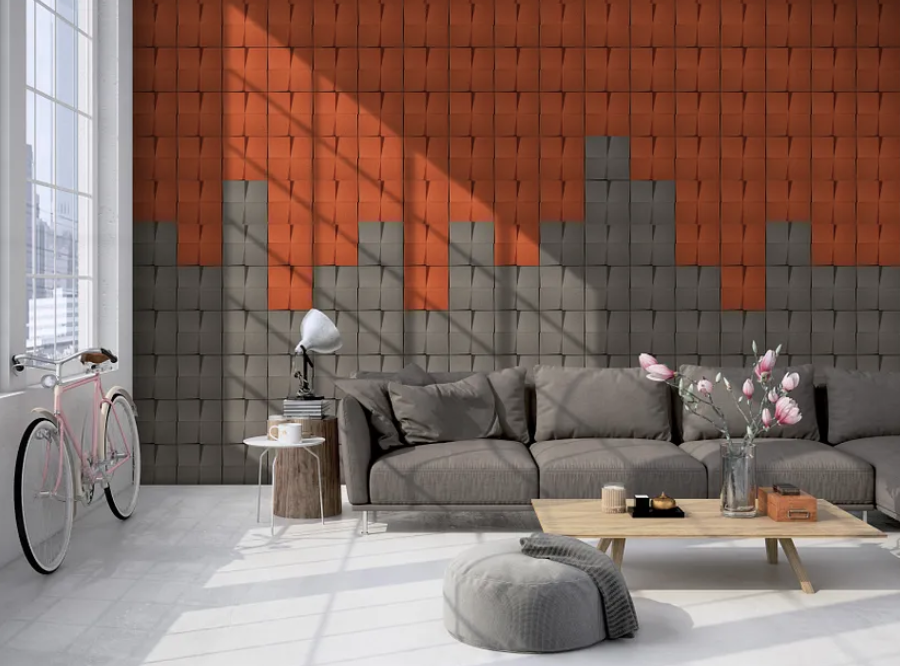
What is it made of?
- Cork comes from the bark of the cork oak tree
- 100% natural plant tissue
Benefits vs drywall
- Affordable
- Hypoallergenic
- Easy to control dust and dust mites
Potential downsides
- Vulnerable to damage
- Lightens when exposed to sunlight/UV
Check the available cork materials on 2050 Materials.
Lath & plaster as an alternative to drywall
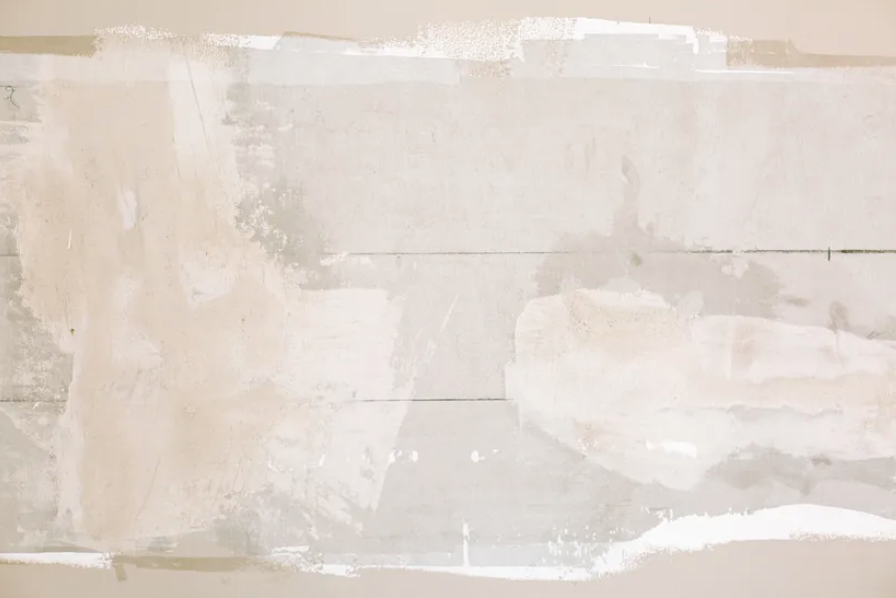
What is it made of?
- Wood
- Metal
- Gypsum
Benefits vs drywall
- Has sound-blocking properties
- Energy efficient
Potential downsides
- Poor wifi signals
- Hard to hang things
Browse beautiful and sustainable earth materials on 2050 Materials.
Natural mud finishes as an alternative to drywall
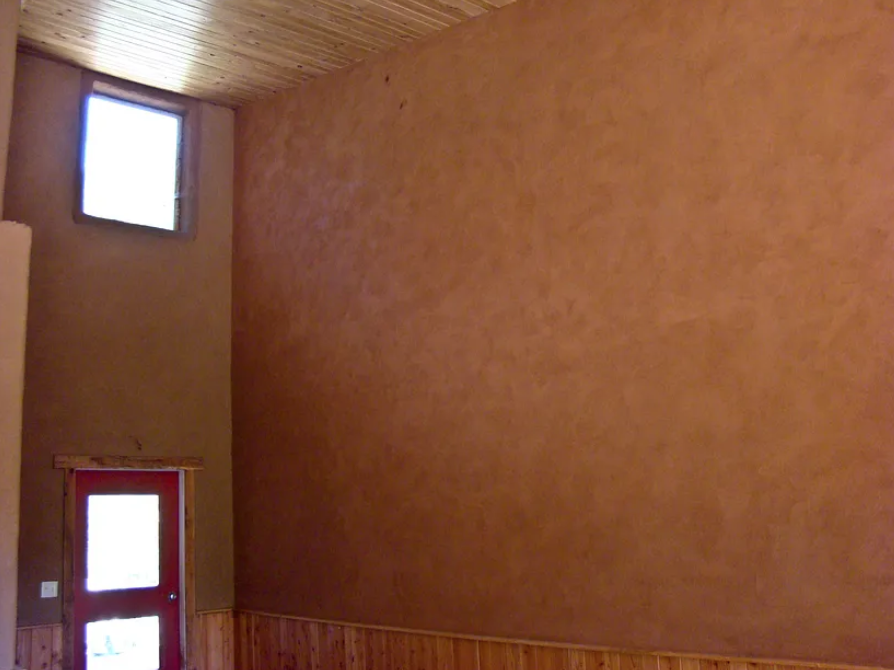
What is it made of?
- Natural mud
Benefits vs drywall
- Eco-friendly
- Can provide fairly warm atmosphere during summer and winter time
Potential downsides
- Low resistance to stains
- Not moisture resistant
Now that you are familiar of healthier, more environmentally friendly, formaldehyde-free, and VOC-free alternatives to drywall for wall finishing, visit 2050 Materials to discover more sustainable interior finishing options.
Related articles

The Most Interesting Low Carbon Products in Office Design
In this article and collection, we highlight 11 outstanding products that contribute to a lower carbon footprint in office design.
Read more
Top Low Carbon Building Boards: Performance, Benefits, and Use Cases
The building boards highlighted in this article and collection showcase low-carbon innovation in modern construction.
Read more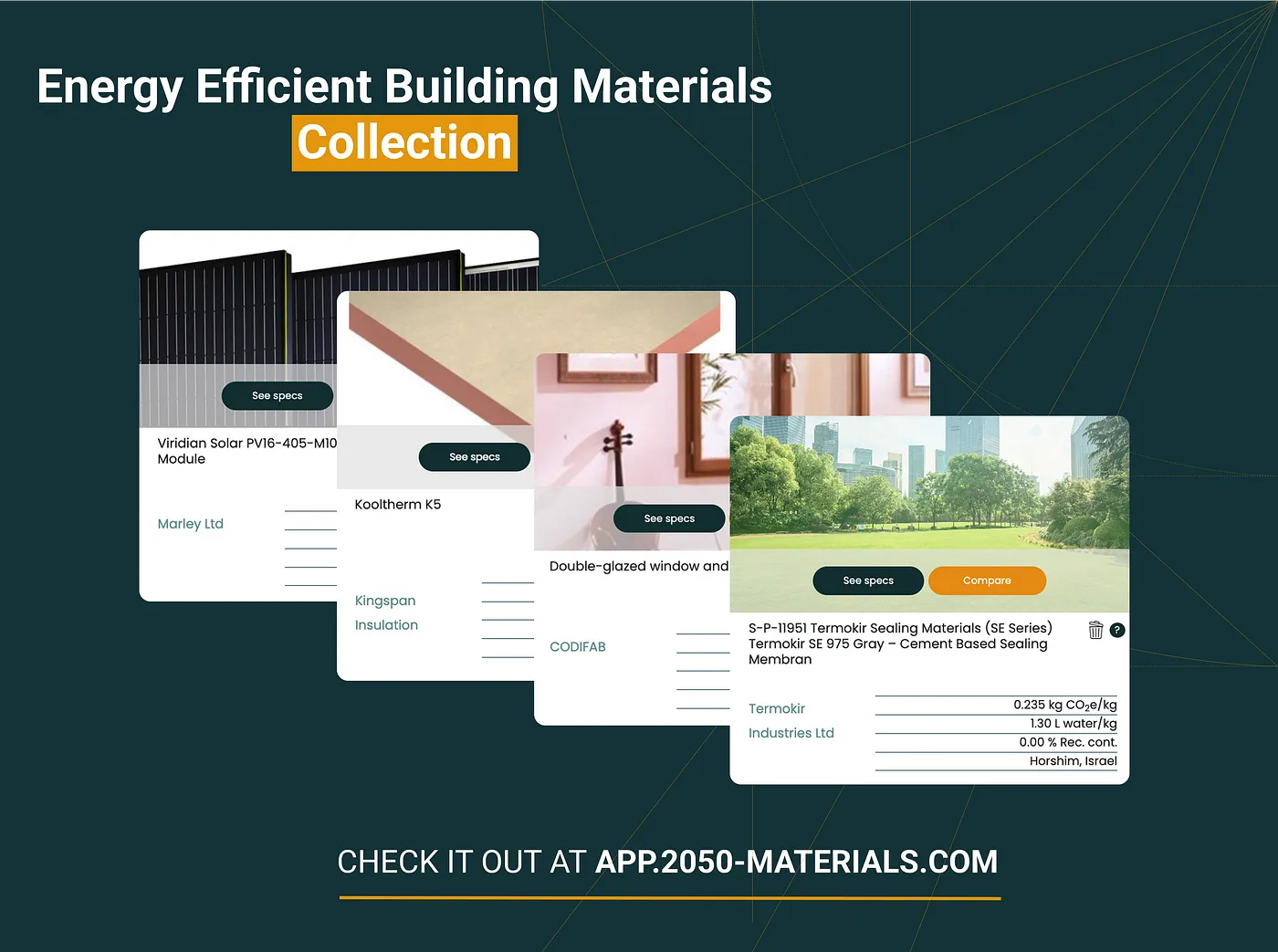
11 Interesting Energy Efficient Building Materials for Reduced Environmental Impact
Discover a collection of energy efficient building materials that not only reduce greenhouse gas emissions but also contribute to long-term durability.
Read more